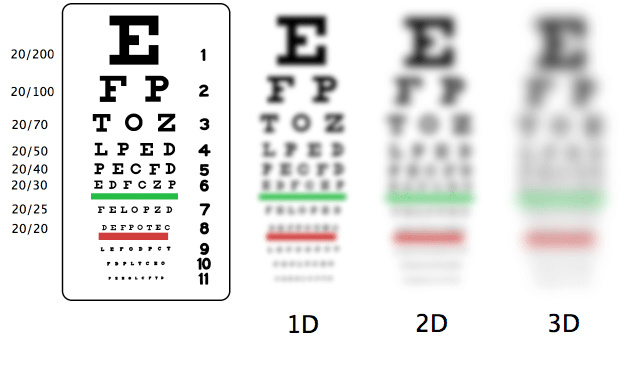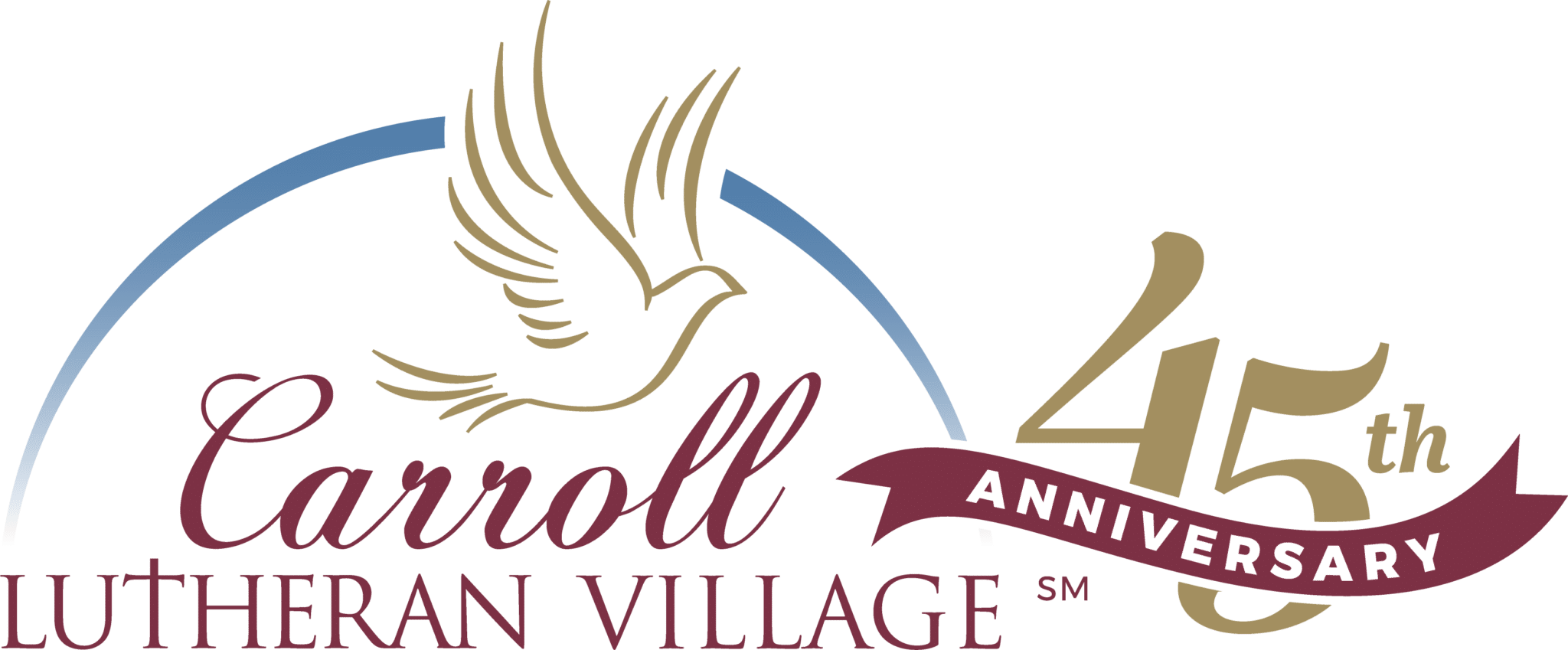Low vision is the loss of sight that cannot be corrected with prescription glasses, contact lenses or other standard treatments like medicine or surgery. It makes activities and everyday tasks, such as reading, writing, cooking and shopping, more challenging to do. By 2050, the National Eye Institute expects the number of people with visual impairment or blindness to double.
Types
- Blurry or hazy vision
- Central vision loss – loss of detail vision resulting in only side vision remaining
- Night blindness – not being able to see in low light
- Peripheral vision loss (i.e. tunnel vision) – loss of side vision
Causes
Many eye diseases can cause low vision. These can include:
- Age-related macular degeneration – destroys central vision, which is needed to see objects clearly
- Glaucoma – damages the eye’s optic nerve
- Cataracts – a clouding of the lens in the eye
- Eye or brain injury
While eye diseases are more common in people over age 50, normal aging of the eye does not lead to low vision.
Symptoms
The first signs typically include difficulty with:
- Driving
- Identifying colors
- Reading
- Recognizing faces
- Seeing the television or computer screen clearly
Individuals experiencing one or more of these symptoms should consult an eye doctor.
Treatments
Visual aids are helpful and can improve the quality of life for many people with low vision. Common low vision aids include:
- Closed-circuit television
- Hand magnifiers
- Lenses that filter light
- Magnifying glasses
- Reading prisms
- Telescopic glasses
Prevention
Adults over the age of 60 should get a comprehensive annual eye exam. However, an appointment should be scheduled immediately if vision changes, a new health condition was diagnosed or if risk factors are present. Risk factors include job or sports-related eye injuries and those associated with home repairs, yard work, cleaning and cooking. Using protective eyewear can greatly reduce the eye being injured. Learning about the causes and risk factors associated with low vision is the key to safeguarding eye health at any age.
Low vision sufferers can benefit from occupational therapy. Learn how in our How Occupational Therapy Can Help Low Vision blog post.
About the Author
Sherry Stick is the fitness and aquatics coordinator at Carroll Lutheran Village and has been working for CLV for nearly 20 years.
